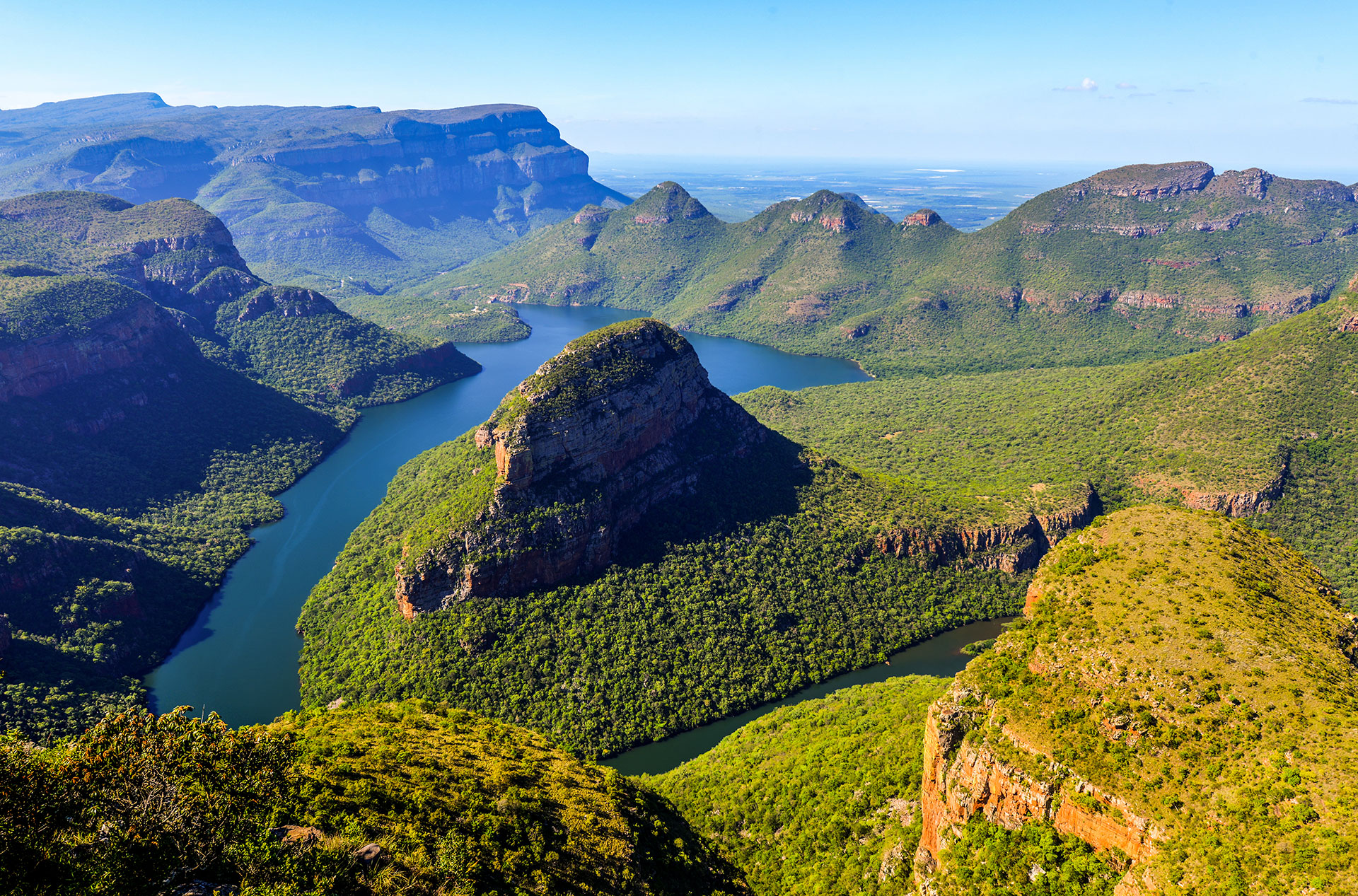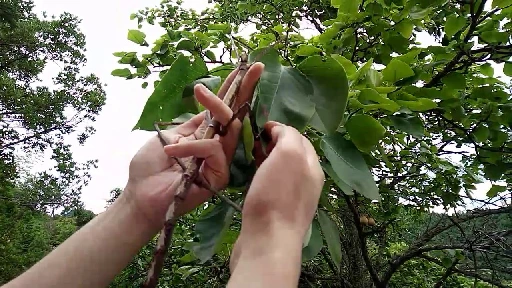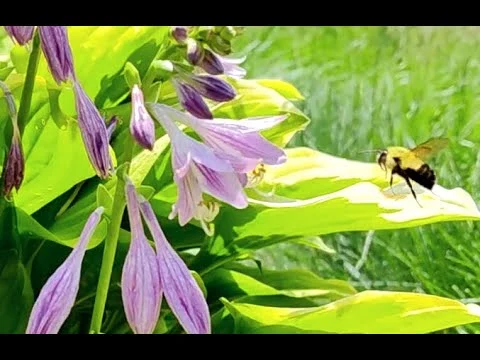
🔥 Nature Is Lit 🔥
- The longest insect, a stick insect (Phryganistria chinensis)

YouTube Video
Click to view this content.
The longest insect, a stick insect (Phryganistria chinensis) measures 64 centimetres (25 in) in total length.
https://artsandculture.google.com/story/the-discovery-of-the-world-s-longest-insect-crawling-tree-branches-insect-museum-of-west-china/LwUh5A_WKoT6Jg
- The carnivorous Cape Sundew plant eating a fruit fly over 6 hours
Video
Click to view this content.
The Cape Sundew is a small carnivorous species of sundew native to the Cape in South Africa.
The plant secretes a sticky substance that then captures its prey by luring it through the dazzling digestive secretions produced on the tentacles of the leaves.
The secretion acts as a visual signal, as it shines in the sun and through the red tentacle tip, and is also a chemical attractant that attracts insects.
Trapped insects are then wrapped and brought towards the centre where secreted enzymes digest the insect.
https://en.wikipedia.org/wiki/Drosera_capensis
- Tsitsikama Black Rain Frog

Endemic to the southern coast of South Africa, the Tsitsikama Black Rainfrog is a burrowing frog, and can be found in tunnels up to 15 cm deep and spends most of its time underground. It generally prefers to avoid water.
It is primarily nocturnal and emerges from its burrow to scavenge for food.
It does not have tadpoles and instead has young which emerge from the egg as smaller versions of the adults. These are called froglets.
https://en.wikipedia.org/wiki/Breviceps_fuscus
- Phyllodoce lineata

A worm with 300 segments, 200 mm (8 in) long. It is native to the northeastern Atlantic Ocean and the Mediterranean Sea.
https://en.wikipedia.org/wiki/Phyllodoce_lineata
- Face of a bee: Eoanthidium turnericum male face

From: https://idtools.org/tools/1078/index.cfm?packageID=1181&entityID=8952
- The Blue Pride-of-Nieuwoudtville

A vulnerable flower since its area of occupancy is less than 10km2 in the Karoo.
- Augrabies flat lizard in Augrabies Falls, South Africa

Augrabies flat lizards are common on the granite walls of Augrabies Falls National Park, where they are exposed to thousands of tourists. In summer, they perform acrobatic leaps to catch black flies on the wing from the swarms that gather near rivers; they will also eat ripe berries of Namaqua figs. Augrabies flat lizards will follow bird flocks to find these fruit-laden trees.
One major predator of this lizard is the rock kestrel. Research indicates that the higher the UV levels on a male's throat, the more dominant it is and is less likely to be challenged. These flat lizards have been discovered to have a much higher visual sensitivity to UV light than other lizards species, allowing males to accurately distinguish between conspecifics of various fitness. They have as many as three times the number of UV photoreceptor cells in their retina compared to other lizards.

